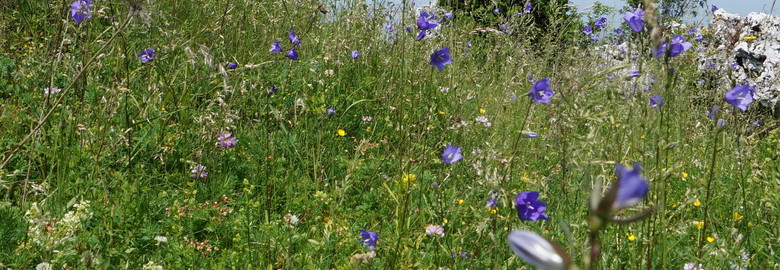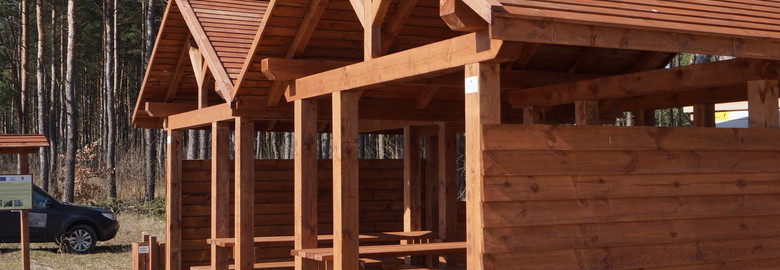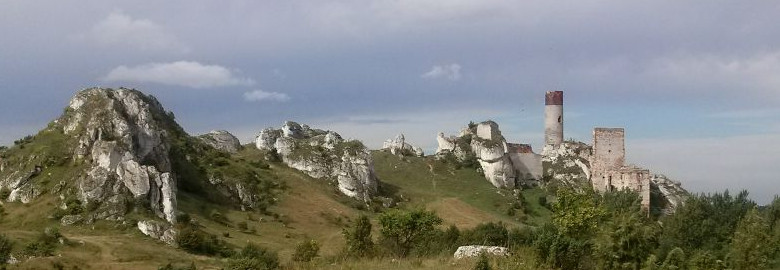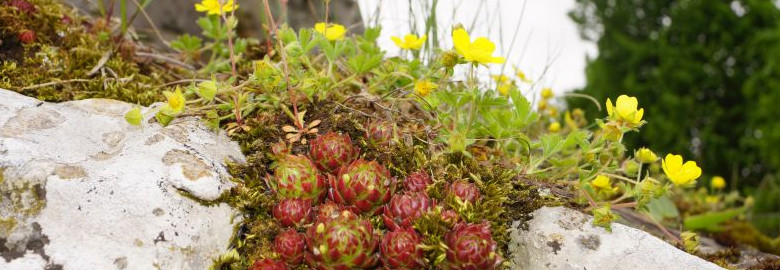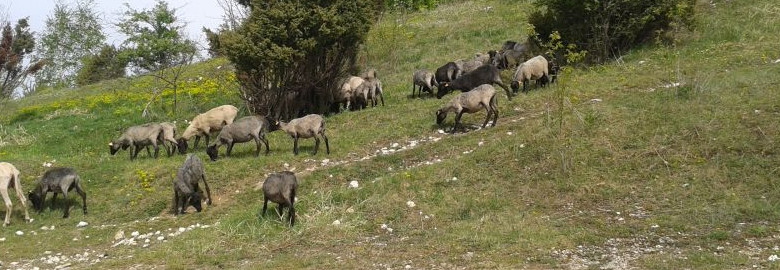Liczba wizyt
Other projects
Other projects
EU projects similar to LIFE11 NAT/PL/432 realized by the institutions with whom the Silesian Voivodeship Landscape Parks Complex has established cooperation within a network of information exchange:
- 1.LIFE09 NAT/PL/000259 “Active conservationinland sand natural habitats protected within Natura 2000 network on the territory of the Błędów Desert” realized by Klucze district.
The aim of the project is the achieve the correct state of the conservation of the biggest sand habitats in Poland: xerothermic grasslands and inland dunes. The demonstrative implementation of active conservation will allow to improve the state of the habitats in Poland by a direct ecological affect on this Natura 200 site and in similar habitats in Europe thanks to testing and promotion of best practice.
http://www.pustynia-bledowska.pl
- 2.LIFE10 NAT/PL/655 “Conservation of natural resources of Kampinos Forest – Natura 2000 site, through renaturization of purchased land” realized by the Kampinos National Park.
The implementation of the project will mainly contribute to the preservation of a proper state of priority species and habitats of the Natura 2000 network, as well as several other rare and protected species. As a result of the project’s activities approximately 200 ha of land (mostly arable, forest and built-up) will be purchased and restored to nature. Restoration of land purchased within the project will include reforestation (approximately 20 ha), selective planting connected to the supporting of natural succession (approximately 80 ha).Removal of shrubs and mowing is also planned on an area of approximately 130 ha, including the area of approximately 98 ha of land purchased within the project. Throughout the full duration of the project invasive species control will be conducted, with treatments aimed at the elimination of alien species. It is also planned to take down 18 settlements together with the accompanying constructional elements (buildings, fences etc.).
- 3.LIFE04 NAT/CZ/000015 “Restoration of thermophilous habitats in Moravian Karst" realized by CHKO Moravsky Kras.
- 4.LIFE12 NAT/PL/000031 “The integrated conservation of non-forest natural habitat on military area in Natura 2000 site” realized by Rejonowy Zarząd Infrastruktury in Kraków.
The crucial action leading to direct improvement of the conservation state is restoration of sand habitats (xeric sand calcareous grasslands and inland dunes) typical of the Błędów Desert by the elimination of the misfire danger (post-WW2 bomb disposal) and the removal of trees and scrubs overgrowing almost whole area of the site (mainly Scots pine Pinus sylvestris, common birch Betula verrucosa, sharp-leaf willow Salix acutifolia, creeping willow Salix arenaria). It should be highlighted that these two willow species were artificially planted in the site a few decades ago.
- 5.LIFE08/NAT/PL/000513 “Conservation and restoration of xerothermic grasslands in Poland - theory and practice” realized by the Naturalists’ Club (Klub Przyrodników)
The project's aim is to undertake comprehensive activities to protect the most valuable areas of xerothermic grasslands in Poland, together with their invaluable flora and fauna. This is exactly why two very different and distant regions were chosen for the project - the Lublin province and the lower river valleys of the Oder and Warta, as they are home to some of the most valuable concentrations of xerothermic vegetation in Poland.
http://www.murawy-life.kp.org.pl/
- 6.LIFE12/NAT/PL/000081 “Protection of non-forest habitats in the Beskid Landscape Parks”
The project aims at maintaining and complex conservation of the non-forest habitats in Beskid Żywiecki and Beskid Śląski valuable for the European landscape. The project realizes through its actions the principles of the Habitats Directive (Council Directive 92/43/EEC) on the protection of wildlife habitats of fauna and flora of SIC PLH240005 Beskid Śląski and SIC PLH240006 Beskid Żywiecki.



